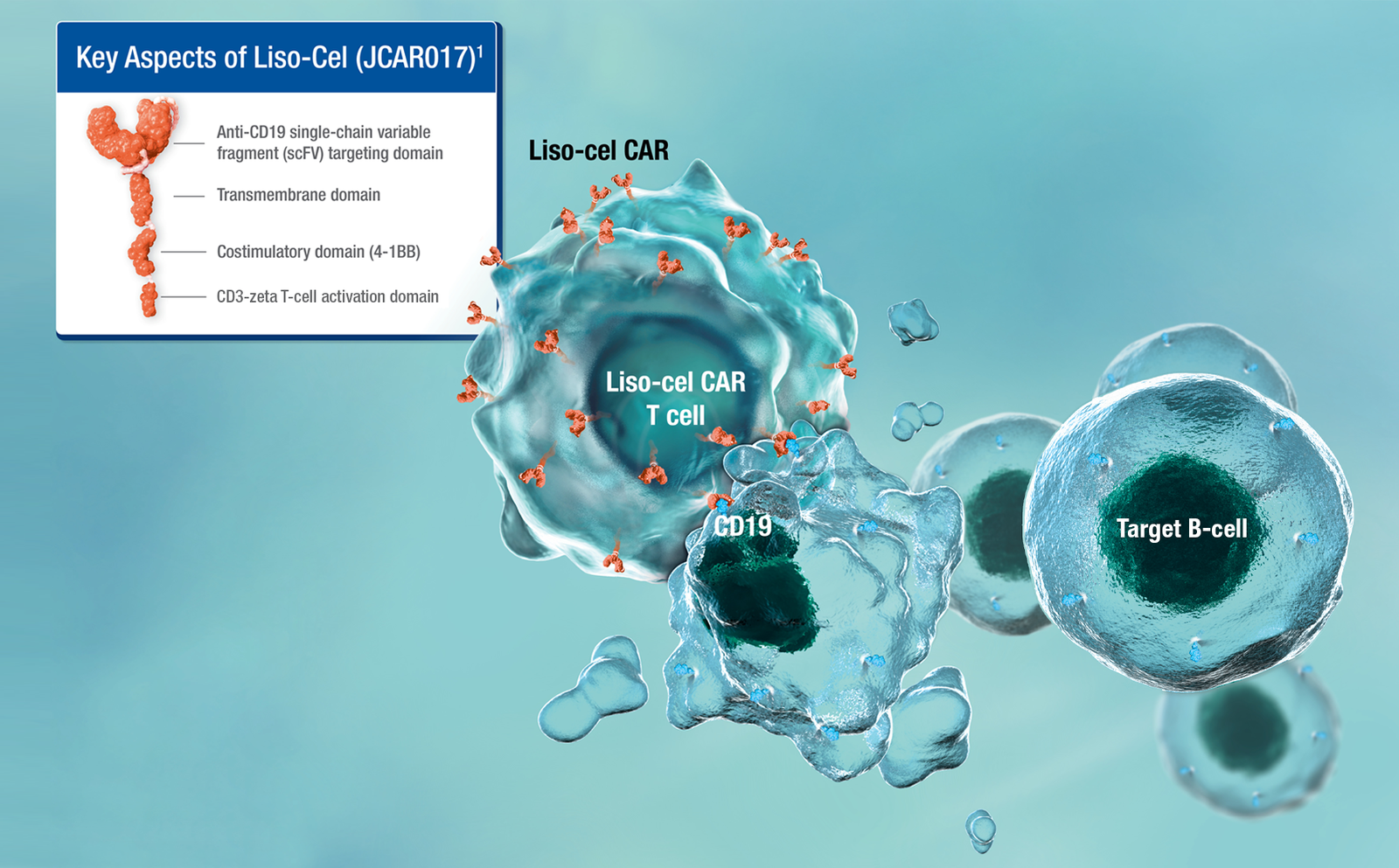A groundbreaking study has revealed a hidden molecular “switch” in the human body that could help unlock the calorie-burning potential of brown fat, a special type of fat known for generating heat and maintaining body temperature in cold conditions.
Led by Professor Alexander Bartelt of the Institute for Cardiovascular Prevention (IPEK), the international research team found that cold temperatures trigger a drop in a protein called inhibitory factor 1, which usually blocks heat production. This reduction allows brown fat cells to switch into high gear, burning stored fat for heat—a process known as thermogenesis.
🔥 Brown Fat: Your Body’s Built-In Furnace
Unlike regular white fat that stores energy, brown fat is packed with mitochondria, the “powerhouses” of cells, and burns calories to generate warmth. Scientists believe this process may not only help regulate body temperature but also protect against obesity, diabetes, and cardiovascular diseases.
Brown fat is especially active in cold environments. “People who regularly expose themselves to colder temperatures can ‘train’ their brown fat to become more efficient,” says Bartelt. These individuals tend to have lower body fat and better metabolic health.
🧬 How the Brown Fat Switch Works
At the center of this discovery is a molecule known as uncoupling protein-1 (UCP1), which enables mitochondria in brown fat to produce heat instead of energy in the form of ATP. But this heat-making process was found to be suppressed by inhibitory factor 1—a protein that ensures ATP is made instead of heat.
When exposed to cold, levels of inhibitory factor 1 decrease, allowing UCP1 to stimulate heat production. In experiments with mice, cells, and isolated mitochondria, artificially increasing inhibitory factor 1 blocked this heat-making ability, confirming its role as a brake on thermogenesis.
🧊 Why It Matters: Reactivating Dormant Brown Fat
Most adults have small amounts of brown fat, often dormant and underused. The new research suggests that manipulating molecular “switches” like inhibitory factor 1 could reawaken these calorie-burning cells and even lead to treatments for obesity and metabolic disorders.
“We’ve found an important piece of the puzzle,” said Dr. Henver Brunetta, co-author of the study. However, both Bartelt and Brunetta caution that while the findings are promising, therapeutic applications are still years away.
Looking ahead, the team hopes to apply their research not just to brown fat but also to improving the function of mitochondria in white fat, which is far more abundant in most people.



